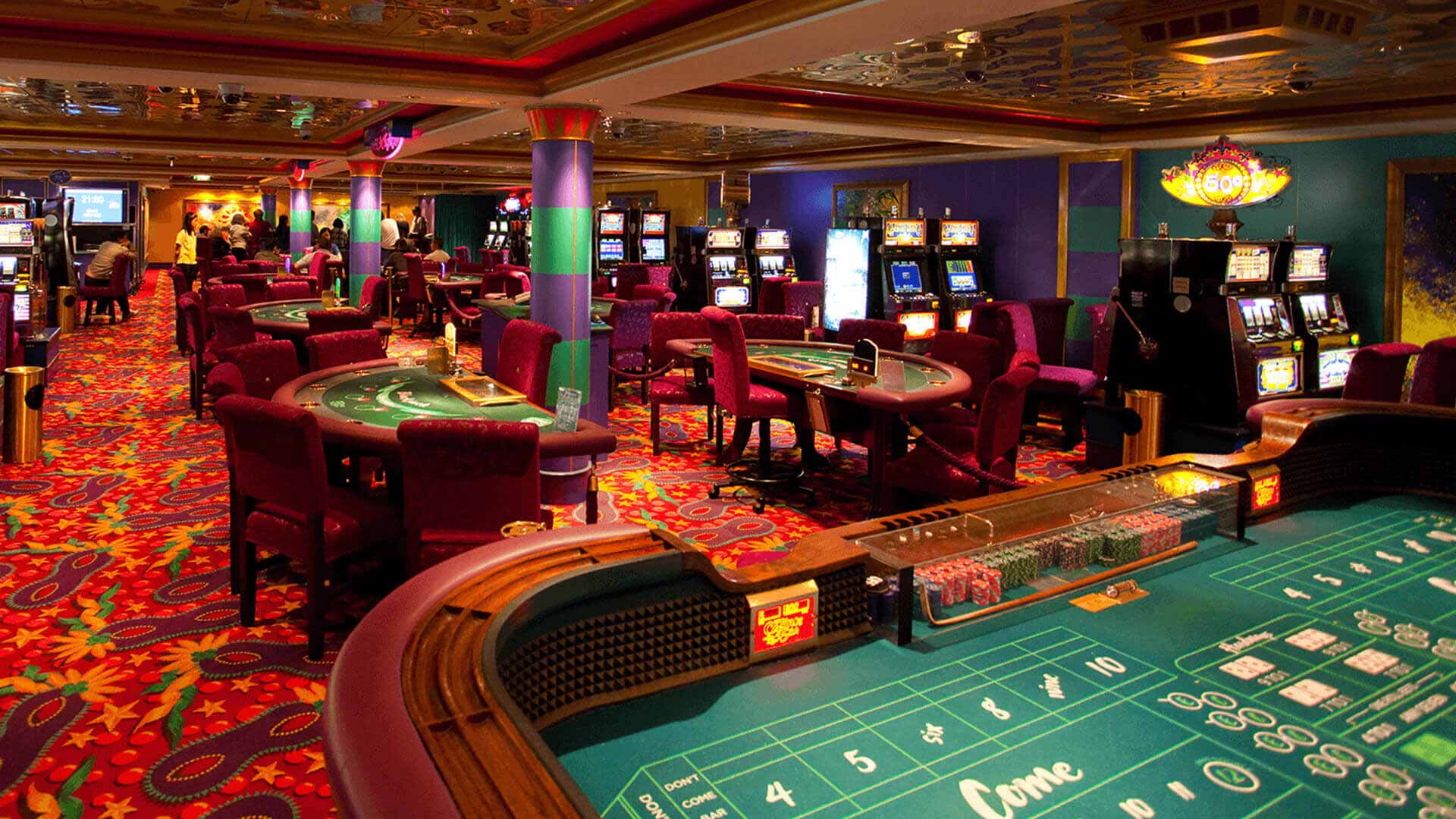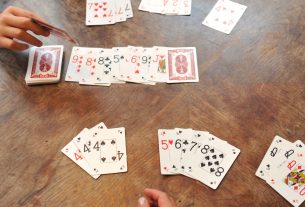There are several other factors that come into play with the different betting options. The first is deciding to surrender. This is where hitting or standing both seem disadvantageous to the player, as with the last example in part 1 where the player has to stick on 13. The loss rate here is 62.36 percent. However the winning return must be factored in here. When a player surrenders, they will receive half of their bet back. That means that while playing blackjack and the player surrenders whenever they have 13 and the dealer has a 3 card, there will be a 50% loss rate (because they are getting the other 50% of bet back.)
So if the player always bet £100, then probability shows that the player would lose £50 in this hand. If the player saw the hand through the loss would be the higher value of £62.36 as already calculated. However, the player would win the other 30.64 percent of cases (accounting for 5.47% of tied hands), so would be winning £30.64 back. This works out to be a £31.72 loss (-£62.36+£30.64). So after all it looks better to always play the hand in the long run and not surrender in this hand. This helps to explain why surrendering is not a good option in some cases.
The second factor is deciding to double your hand against particular dealer’s hands. A good example is that if you have a hand of 10 and the dealer has a 7 card. We will explain this further in this article, but the advantages of doubling can be huge, both when the player is instructed to stand on a low value of cards when the dealer is likely to bust, and when you have a big advantage in winning.
The third factor is splitting your cards. When you are dealt a matching pair of cards, you can either play that hand or split the hand. Different cards give different winning outcomes, but here we give one example of why splitting can be an advantage to you.
When you split your cards, you are in a situation where you don’t know what the 2nd card in each hand is going to be, so the probability of this has to be factored in. If the player is dealt 14 as two 7s and the dealer also gets a 7, then if the player plays this as one hand of 14 the following outcomes can occur: He will lose 54.42 percent, win 38.49 percent and tie 7.09 percent.
Splitting the 7s can give hands ranging from 9 to 18 once the second card is dealt. There are four 10s in each suit, so 17 is 4 times as likely to occur. The outcomes now are: The player will lose 40.68 percent, he will win 42.05 percent and he will tie 17.27 percent of the time. This instantly turns the game in favour of the player. Each hand has a 1.37 percent advantage over the dealer in this scenario.



